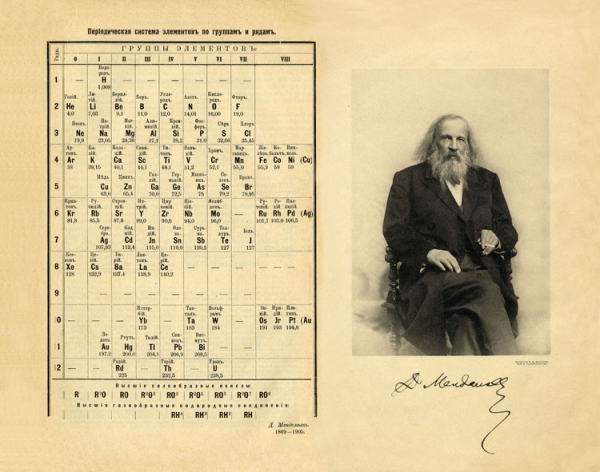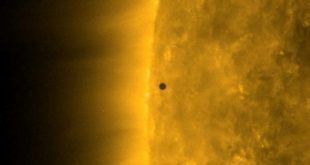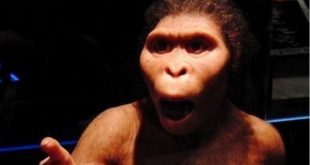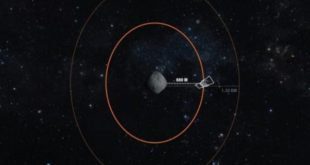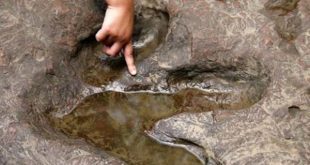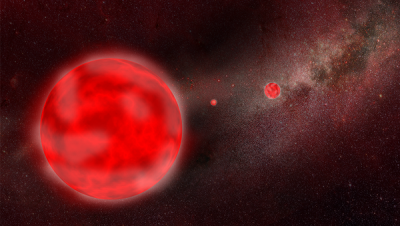 NASA scientists have discovered in the bowels of the star rare astronomical “metals” – elements that are much heavier than helium and hydrogen.
NASA scientists have discovered in the bowels of the star rare astronomical “metals” – elements that are much heavier than helium and hydrogen.
Astronomers from the USA have discovered an unusual star in the constellation Andromeda, which contains the first traces of the stars of our Galaxy, whose bowels contained a unique astronomical metals – elements heavier than hydrogen and helium, present in other stars, according to a paper published in the Astrophysical Journal Letters.
All stars are huge balls of helium and hydrogen, which gradually transformed into heavier elements such as magnesium, oxygen, iron, neon and other substances, which astronomers call “metals”. As a rule, the older a star is, the more metallic it will be.
The initial proportion of “metals” in the bowels of the stars at the time of birth determines the course of its evolution, and lifetimes – for example, the more severe substances in it, the longer it will reside, and a small concentration of metals or their absence increase the maximum size of the stars. For this reason, astronomers divide stars into three populations – ancient lights from the II and III populations contain almost no metals, and their younger cousins – with respect to many such substances.
Timothy Beers (Timothy Beers) from the University of Notre Dame (USA) and his colleagues found traces of the first stars of the milky Way from a third of the population in the depths of the luminaries of BD+44 493, one of the brightest stars of population II in the immediate vicinity of the Earth.
This light is removed from us relatively close, at about 600 light-years aside in the constellation of Andromeda. This makes it one of the closest and oldest red giants, which astronomers can study in detail, with tools like the Hubble and a number of powerful ground-based telescopes.
How to tell the scientists, the spectrum of the star is extremely unusual – apart from the lack of lines of iron and carbon, indicating that it belongs to the II or III populations, scientists have found traces of the presence in the bowels of BD+44 493 is extremely unusual for the space of elements that have never been found inside such bodies. In their number were phosphorus, sulfur, zinc, and several other astronomical “metals”.
Their presence told the researchers about what looked like the star of a third of the population that gave rise to these substances. It was a giant star, whose mass exceeds the sun at least 20 times, the device of the bowels which was markedly different from how the stars appear from the inside today.
This “pervosvet” the milky Way ended his life in the form of unusual supernovae, the brightness of which was abnormally low and which gave rise to extremely small amounts of radioactive Nickel-56, the main product of the explosions of “normal” stars. As scientists hope that further observations of BD+44 493 and other, similar stars will help us understand how the Galaxy looked in the first era of his life and how it is “seeded” with heavy elements produced in the end and life on Earth.

